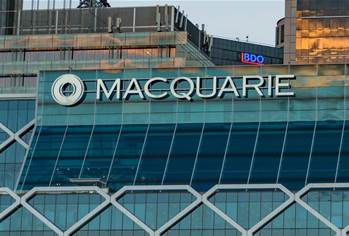Imagine walking into an established company and within weeks pushing the case for an all-flash storage area network that represented nearly 20 percent of the previous year's entire IT budget.
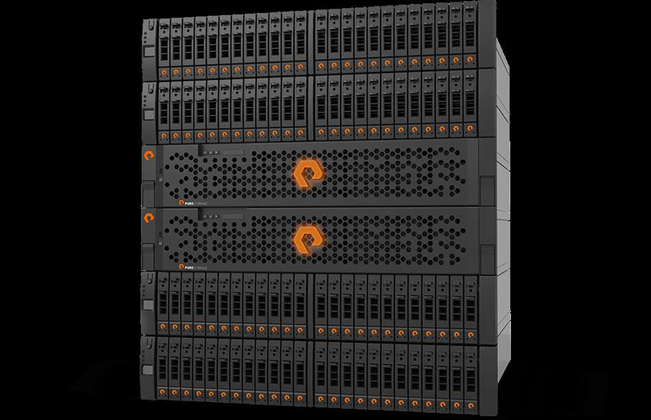
Connective Broker Services’ all-flash SAN upgrade
That’s exactly what Jonathan Meadows did when, in late 2015, he joined mortgage aggregator Connective Broker Services as general manager of technology.
Meadows started with “grand plans” for Connective, but quickly found out that the IT infrastructure had been “quite neglected”, he said.
The infrastructure supports the software development and operations teams behind Connective’s core Mercury software platform, which in turn supports thousands of mortgage brokers across Australia.
However, years of ad-hoc IT development had left the company with a half-executed virtualisation strategy, based on Microsoft Windows Server 2012 and Hyper-V technology but running on ‘Frankenstein’ servers that had been progressively upgraded over time.
Data was spread between local storage and a central NAS device.
The environment “did its job and had supported Connective's growth to a point in time, but it definitely wouldn't have supported the company's vision for the next five years,” Meadows told iTnews.
It was slowing down the entire business, including a key monthly email distribution to more than 300,000 recipients.
So Meadows recommended, and the company purchased, a Pure Storage FlashArray//m 4.75TB flash RAM-based storage area network – an investment that represented nearly one-fifth of the company’s entire technology budget.
The challenge
The first challenge, of course, was telling his new employer of the need to invest in a new storage subsystem. Meadows realised that any productive discussion about future technology direction would require quantitative evidence.
“When you're working with people who have built this from the ground up and they've put in their hearts and souls, you've got to be quite careful about telling them that their app isn't running as brilliantly as it could,” he said.
“If you're going into a conversation like that, you need to have statistics to back that up rather than a gut feel.”
So he set about collecting data to confirm what he had suspected: data latency of well over the desired maximum of 8ms for the network and storage environment.
Veeam’s virtualisation management tools soon revealed an average latency of 26ms. That was causing memory issues, memory overload issues, CPU contention and large disk queues on many of the company's virtual machine hosts.
Having the stats is one thing, but convincing the CEO of the need to spend nearly one-fifth of the company’s entire technology budget is quite another.
“Fortunately, I've got quite an understanding CEO and he's interested in technology,” Meadows said.
“I got staff together and I said that if we wanted Mercury to become the leading aggregator software in the next year and wanted to invest in the growth of the business, we needed to invest in flash and not in traditional disk.”
The pitch worked, and the Pure Storage flash array was purchased. However, during the new system’s testing phase, the previous environment fell over during a regular email run.
Meadows realised it was time to go live on the flash storage. An afternoon-long migration transferred most of its VMs to the new environment and by the next morning, Meadows was receiving feedback that the system was running much faster.
With average latency now less than 1ms, the bottlenecks of the old platform have disappeared and regular processes, such as snapshots taken automatically every 10 minutes for backup, have “put us in a fantastic position”, he said.
Other built-in features, such as a remote monitoring service, have picked up on potential issues well before they eventuated.
The flash platform also “instantly ticked our requirements for database encryption and data encryption at rest, and filled in our disaster-recovery plan,” Meadows said.
“It has given the business a lot of transparency into what IT actually does. We're still doing an overhaul of the environment but this has filled a big gap and enabled me to move on to concentrating on other things.”
With David Braue


.png&h=140&w=231&c=1&s=0)
.png&h=140&w=231&c=1&s=0)



.png&w=100&c=1&s=0)
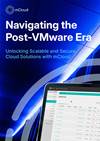
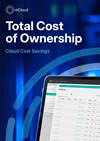

 Private AI vs Public AI: How your organisation can securely adopt AI without compromise and excessive cost
Private AI vs Public AI: How your organisation can securely adopt AI without compromise and excessive cost
 iTnews Benchmark Security Awards 2025
iTnews Benchmark Security Awards 2025
 Digital Leadership Day Federal
Digital Leadership Day Federal
 Government Cyber Security Showcase Federal
Government Cyber Security Showcase Federal
 Government Innovation Showcase Federal
Government Innovation Showcase Federal




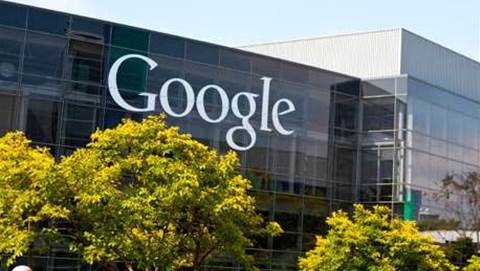
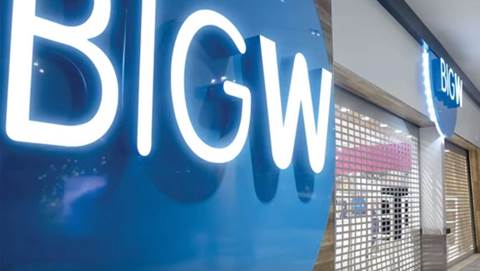

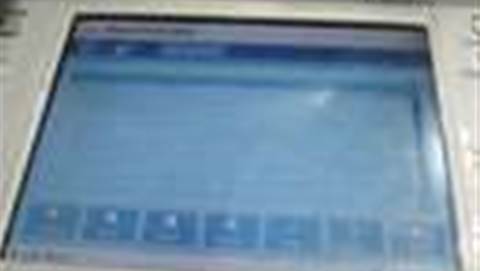



.jpg&h=140&w=231&c=1&s=0)

